When you see a project with a digital display these days, you’ll be forgiven for assuming that there’s some kind of microcontroller behind the scenes. And while that’s often the easiest way to get a project from idea to completion, it’s rarely the most interesting way.
This digital pH meter is a great example of that “no-code” design philosophy. According to [chris], the main use for this meter will be to measure soil pH in his garden, and the reason for eschewing a microcontroller was more or less for the challenge. And quite a challenge it was. Understanding the concept of pH isn’t always easy, and many a budding chemist has fallen victim to its perils. Actually measuring pH isn’t much easier, with the need to account for a lot of variables while measuring small voltages. Adding to the challenge was the fact that pretty much every skill on display here — from using KiCad to SMD soldering — was the first time [chris] had tackled them.
To amplify the voltage from the off-the-shelf pH probe, [chris] chose an LMV358A, a high-impedance FET-input version of the venerable LM358 op-amp, so as not to load down the probe. A negative temperature coefficient (NTC) resistor in the feedback path provides temperature compensation. He also designed a split power supply to provide positive and negative rails from a single 9-volt battery. The 3.5-digit LCD display is driven by an ICL7106 integrated A/D converter and BCD driver chip. Everything went into a nice-looking plastic enclosure that’s very suitable for a portable instrument.
As of this writing, the Op-Amp Challenge has officially wrapped, and there’s a slew of last-minute entries we need to go through. Check out the competition and stay tuned to find out who the judges pick for op-amp design glory!

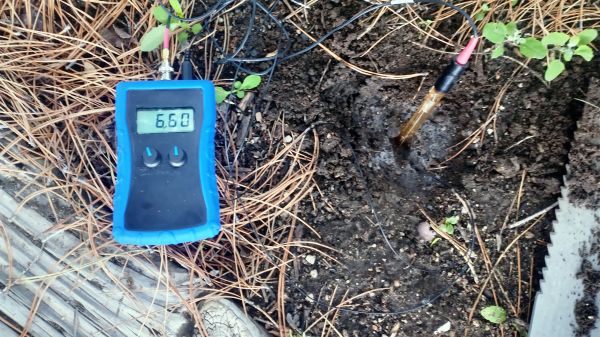


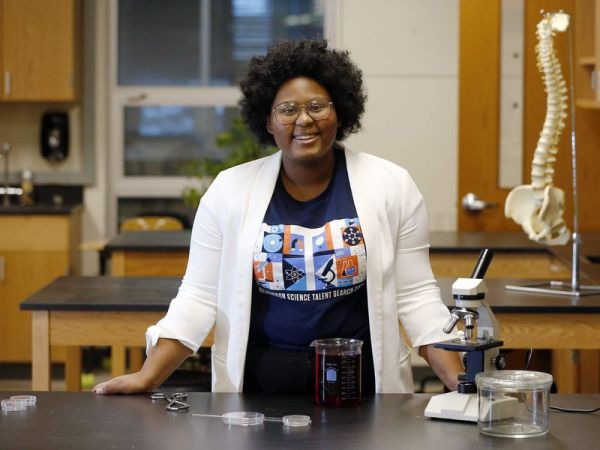
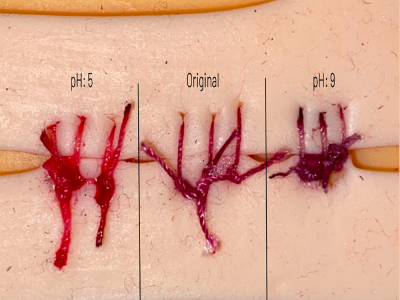


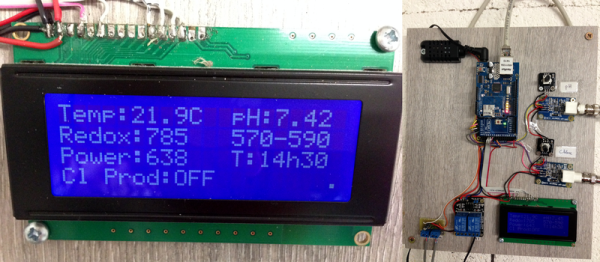
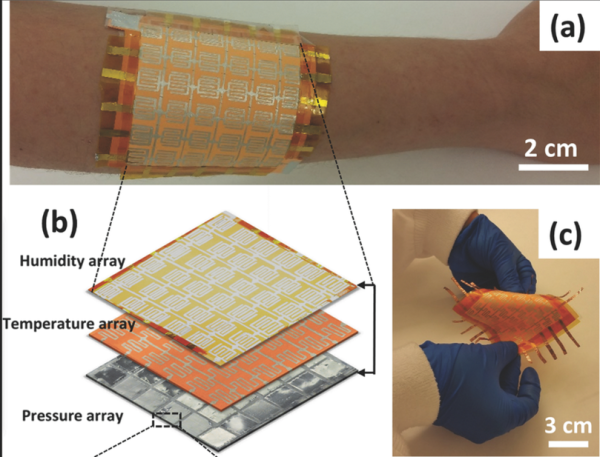
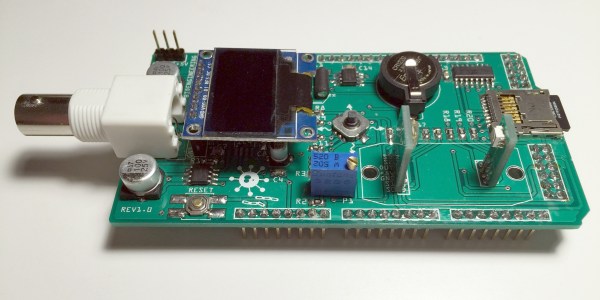
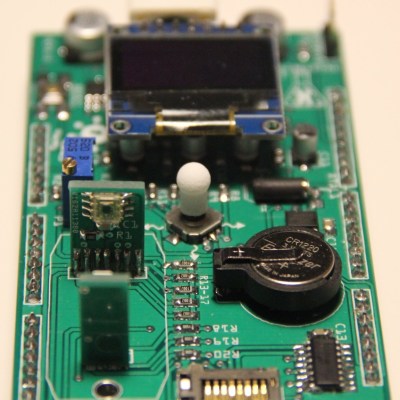 Taking the form of an Arduino mega-shield that supports a pH meter, a spectrophotometer, and a PID-controlled hot plate, [M. Bindhammer]’s design has a nice cross-section of the instruments needed to start biohacking in your basement. Since the shield piggybacks on an Arduino, all the data can be logged, and decisions can be made based on the data as it is collected. One example is changing the temperature of the hot plate when a certain pH is reached. Not having to babysit your experiments could be a huge boon to the basement biohacker.
Taking the form of an Arduino mega-shield that supports a pH meter, a spectrophotometer, and a PID-controlled hot plate, [M. Bindhammer]’s design has a nice cross-section of the instruments needed to start biohacking in your basement. Since the shield piggybacks on an Arduino, all the data can be logged, and decisions can be made based on the data as it is collected. One example is changing the temperature of the hot plate when a certain pH is reached. Not having to babysit your experiments could be a huge boon to the basement biohacker.








